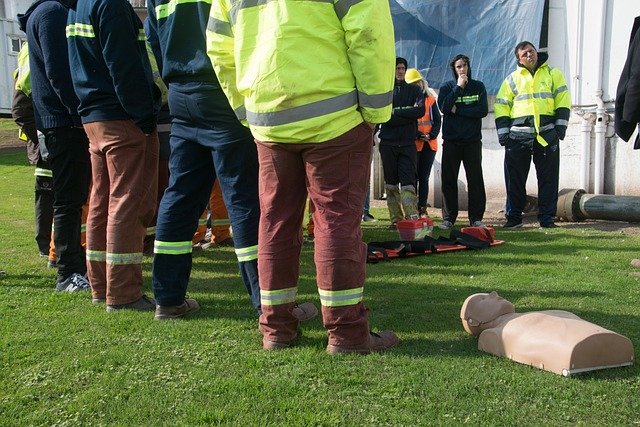Essential safety competencies required for recreational vessel operation
This article outlines the core competencies recreational boaters should develop to operate a vessel safely. It covers practical skills in navigation, basic engine care, seamanship, communications, and interpretation of weather and regulations. The goal is to present clear, verifiable areas of competency that support safe decision-making on the water.

Essential safety competencies required for recreational vessel operation
Operating a recreational vessel requires a combination of practical skills, knowledge, and attention to local regulations. Competence goes beyond handling a boat in calm conditions: it includes reading charts, managing the engine, choosing and using anchors and knots appropriately, maintaining clear communications, and assessing weather. These abilities reduce risk and support safer outings for everyone on board.
Navigation and charts
Competence in navigation begins with understanding nautical charts and basic plotting. Recreational skippers should be able to identify depth contours, hazards, aids to navigation, and markers for channels. Practical navigation includes estimating position using landmarks, GPS, and chart plotting, and planning routes that account for tides and currents where applicable. Familiarity with chart symbols and a habit of checking updated charts and notices to mariners are essential for safe passage.
Safety and weather awareness
A strong safety mindset covers both equipment and environmental awareness. Boaters must interpret weather forecasts and recognize signs of changing conditions such as shifting winds, visibility loss, or squalls. Preparing for cold-water immersion, checking lifejackets and safety gear, and learning how to respond to capsizes or man-overboard situations are core competencies. Weather-driven decision-making—choosing to delay or shorten a trip—helps prevent exposure to unsafe conditions.
Seamanship and knots
Seamanship combines practical boat handling with routine deck work. Skills include docking, anchoring, line handling, and using basic knots such as the bowline, cleat hitch, and clove hitch. Properly securing fenders and lines, understanding load distribution, and anticipating boat movement in locks, marinas, or crowded anchorages are part of good seamanship. Regular practice of these tasks increases crew confidence and reduces the risk of damage or injury.
Vessel systems and engine care
Basic mechanical competence helps boaters identify and respond to common engine and systems issues. Operators should know pre-departure engine checks (oil, coolant where applicable, belts, battery condition), how to inspect fuel and electrical systems for leaks or corrosion, and simple troubleshooting steps like checking fuel supply and spark. Understanding bilge pumping, battery management, and ventilation reduces the likelihood of engine failure or onboard emergencies while underway.
Communications and emergency procedures
Effective communications are central to managing incidents. Competence includes using VHF radios (including channel selection and DSC if equipped), distress signals, and mobile communication protocols when in range. Boaters should be familiar with emergency procedures such as issuing a MAYDAY, deploying flares correctly, and coordinating with nearby vessels or shore authorities. Establishing clear roles and an emergency checklist for the crew improves response times and lowers confusion during crises.
Certification and regulations
Awareness of local regulations and obtaining appropriate certification where required is an important safety competency. Many jurisdictions mandate a boating license or proof of competency, require registration, and have rules for lifejacket carriage, speed limits, and navigation rules. Certification courses often teach critical skills in navigation, safety, and seamanship and verify basic competency. Staying current with local regulations and ensuring valid documentation helps align practical skills with legal requirements.
Conclusion
Safe recreational vessel operation depends on a blend of navigational knowledge, seamanship, equipment familiarity, weather assessment, and clear communications. Developing these competencies through hands-on practice, targeted training, and adherence to local regulations helps reduce risk on the water. Continuous learning and routine checks of equipment and charts support reliable decision-making and more secure outings for skippers and crew alike.





